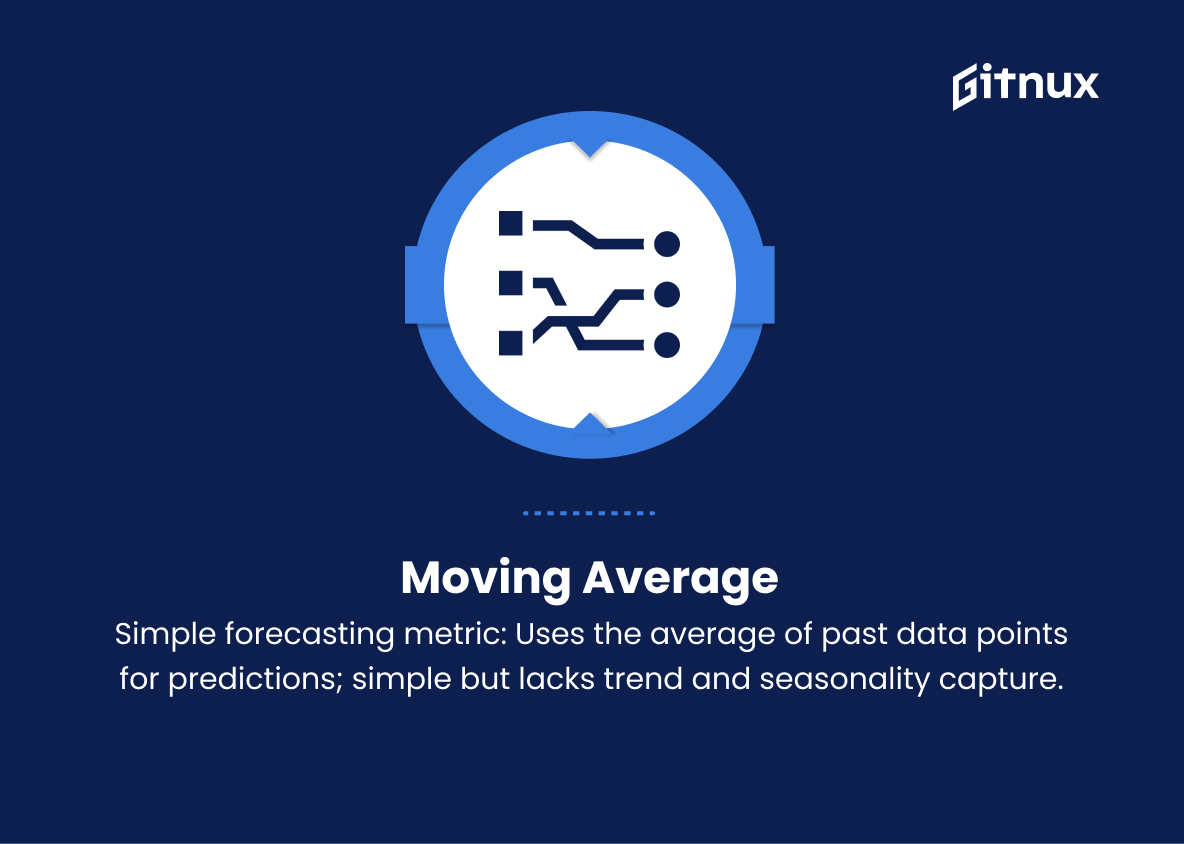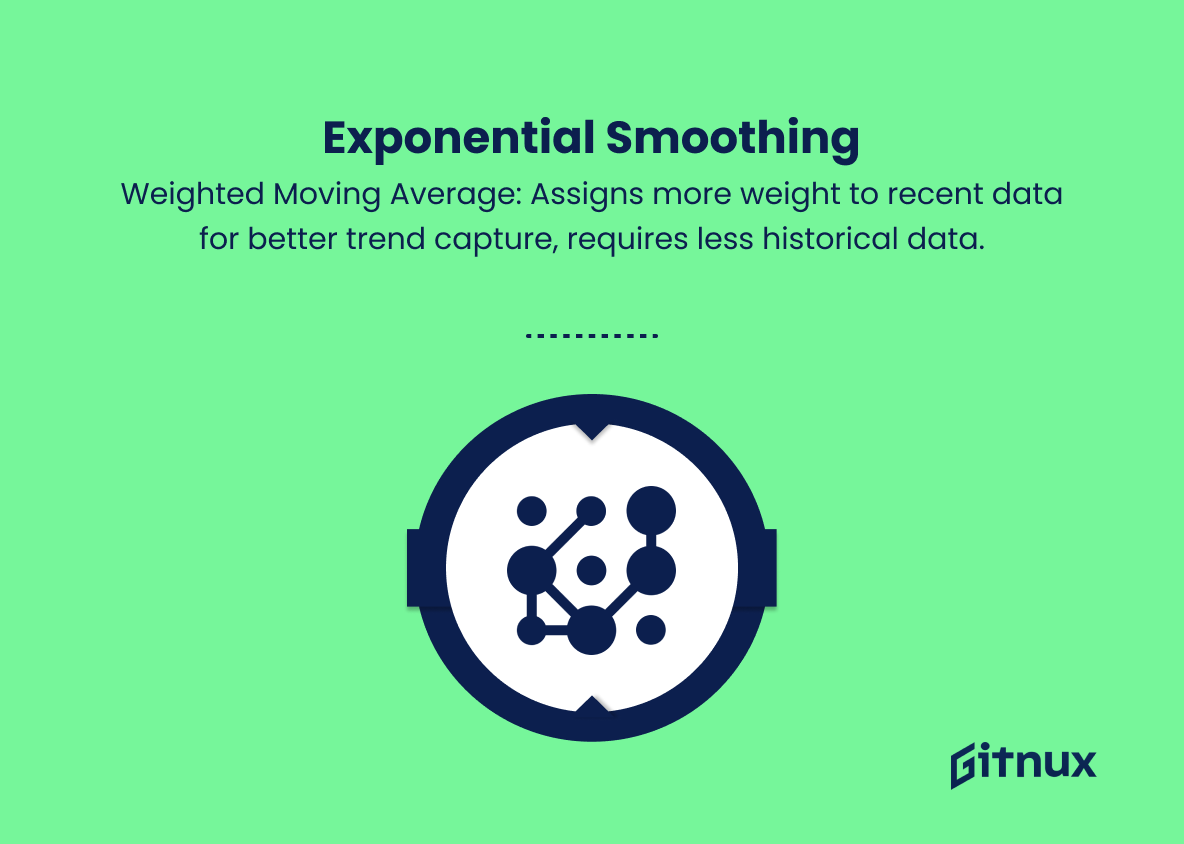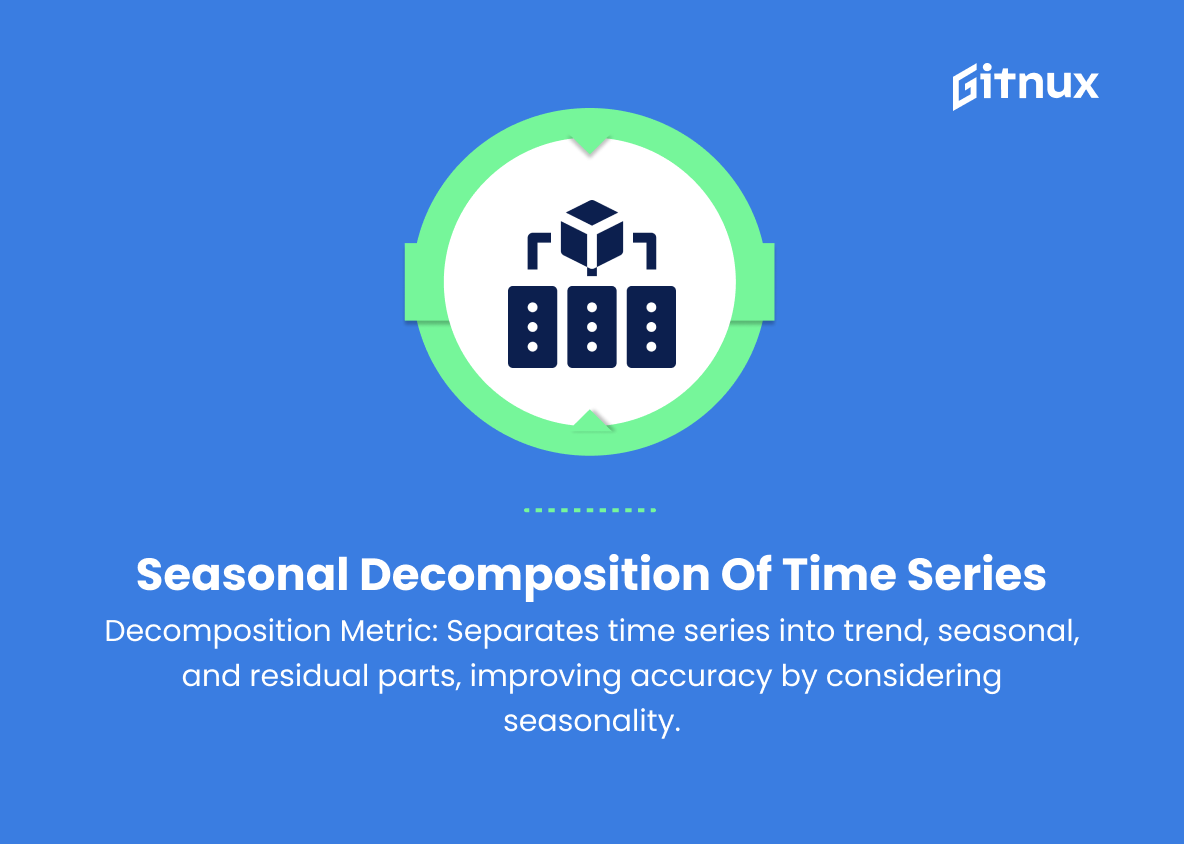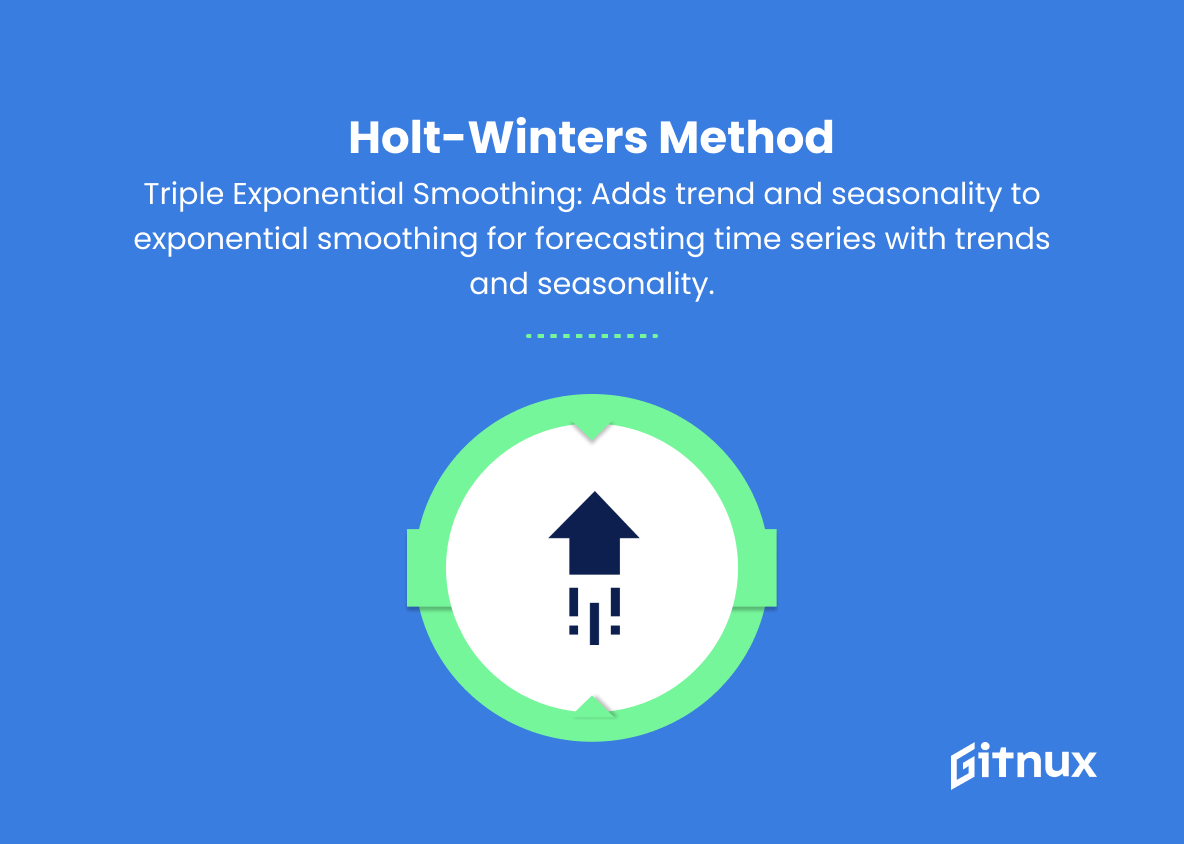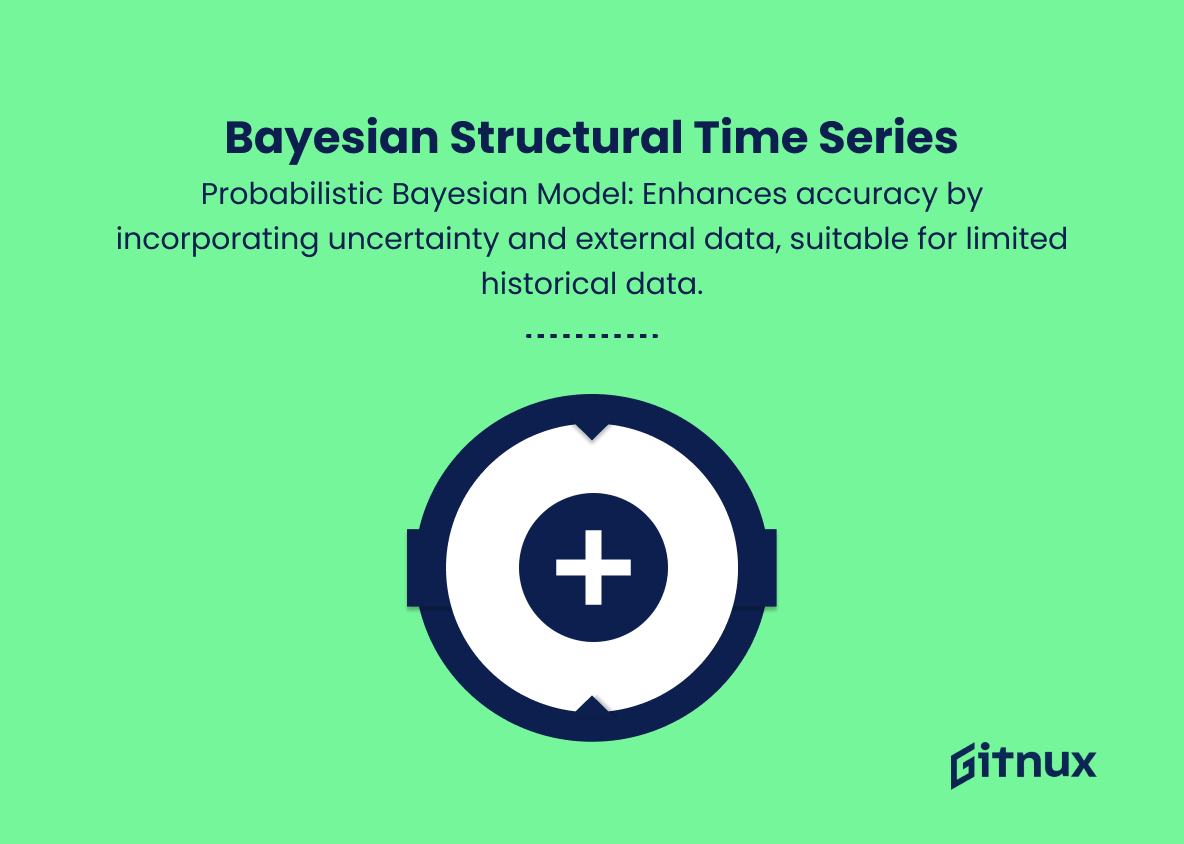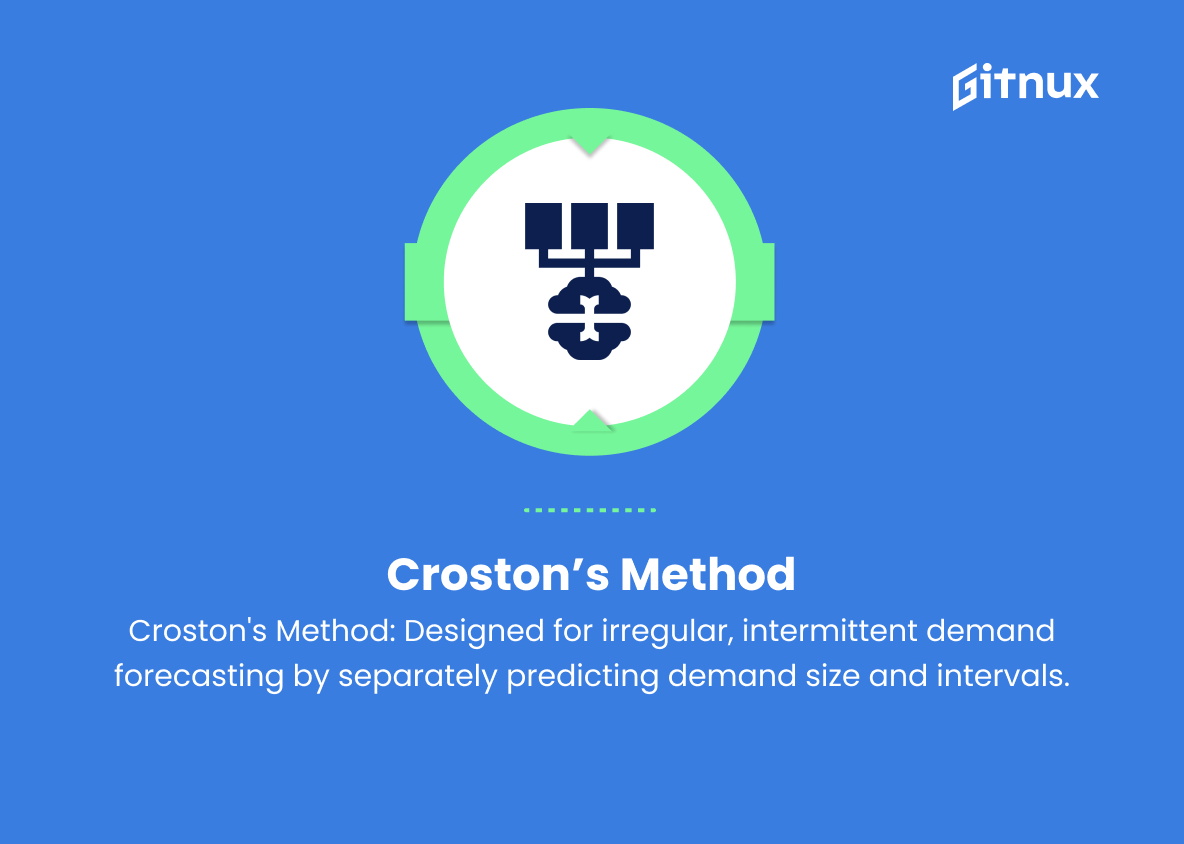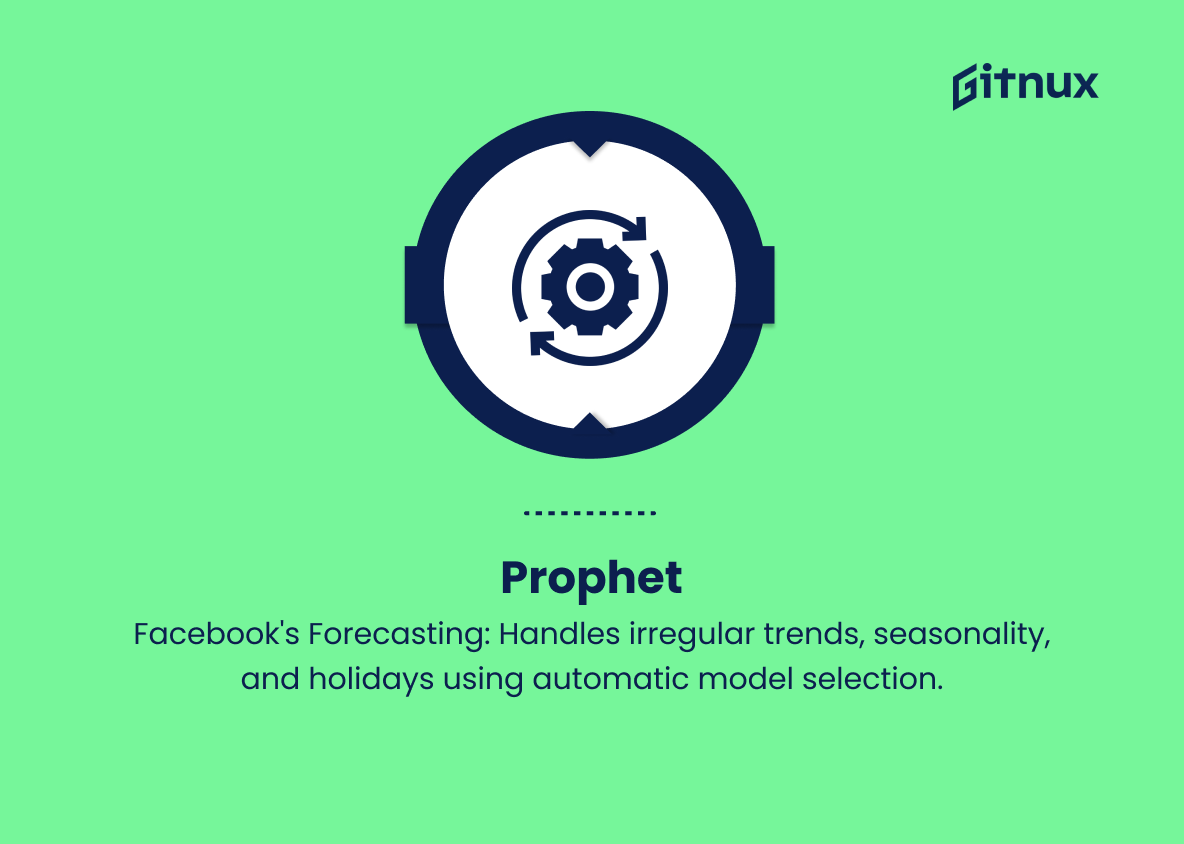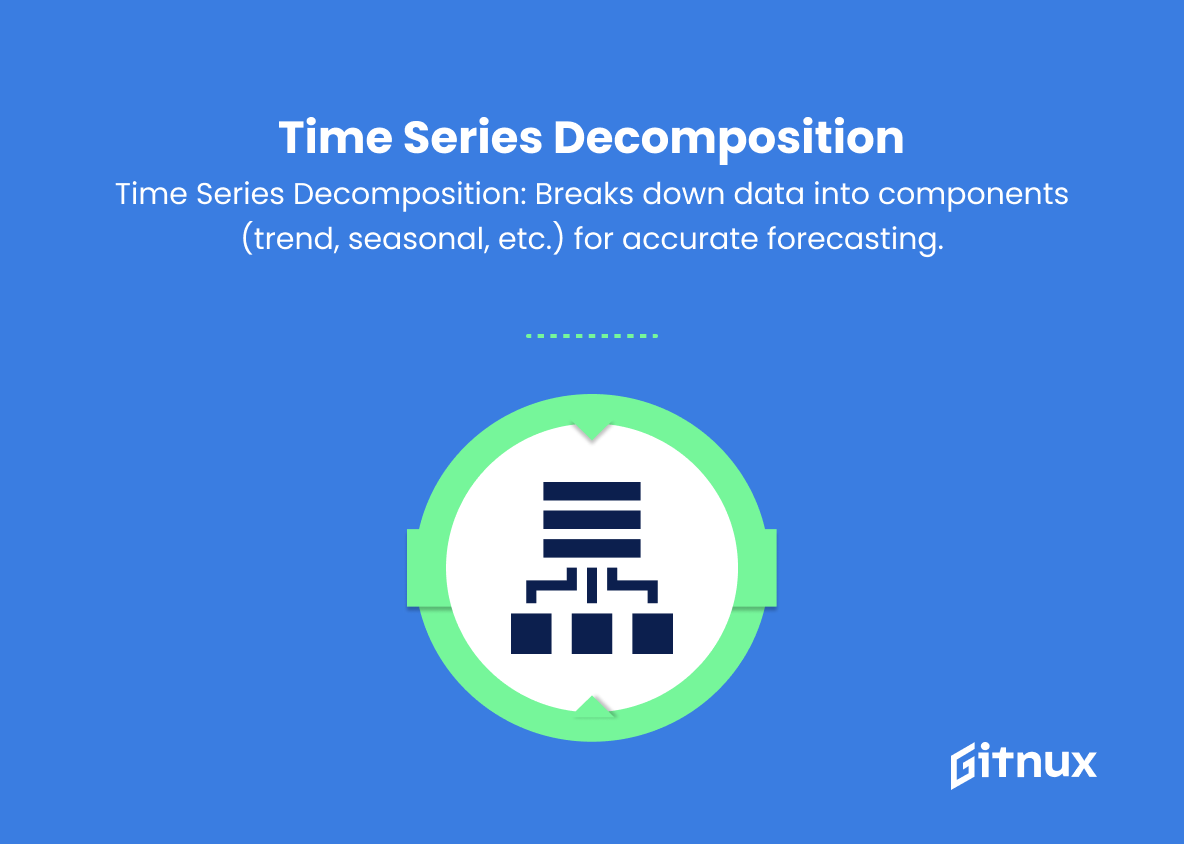In today’s data-driven world, accuracy in forecasting is paramount for businesses and organizations to make informed decisions, optimize resources, and stay one step ahead of competitors. As such, understanding and analyzing forecasting accuracy metrics is essential for anyone involved in planning, strategy, or performance measurement.
In this insightful blog post, we will delve into the significance of forecasting accuracy metrics, examine various methods and tools to measure them, and offer best practices to help you enhance your forecasting capabilities. So, buckle up and join us as we explore the fascinating world of forecasting accuracy metrics and empower you to make better data-driven decisions.
Forecasting Accuracy Metrics You Should Know
1. Mean Absolute Error (MAE)
This metric measures the average absolute difference between the forecasted values and the actual values. It is easy to understand, but does not penalize large errors as much as other methods.
2. Mean Squared Error (MSE)
This metric is similar to MAE but squares the differences between the forecasted and actual values. This gives more weight to larger errors, making it more sensitive to outliers.
3. Root Mean Squared Error (RMSE)
This is the square root of MSE. It is useful because it is in the same units as the forecast and actual values, making it easier to interpret.
4. Mean Absolute Percentage Error (MAPE)
This metric calculates the absolute percentage difference between the actual and forecasted values, then averages those percentages over all data points. This is useful for comparing forecasts across different scales, but can be misleading when actual values are close to zero.
5. Mean Absolute Scaled Error (MASE)
MASE measures the average absolute error of a forecast relative to a naive benchmark, which is usually the mean or seasonal naive method. It is a scale-independent metric and is useful when comparing the accuracy of different methods.
6. Symmetric Mean Absolute Percentage Error (sMAPE)
sMAPE is a modified version of MAPE that handles problems associated with zero or close-to-zero actual values. It is better suited for cases where actual values can be close to zero.
7. Mean Directional Accuracy (MDA)
MDA measures the percentage of correct directional predictions. In other words, it calculates how often the forecast correctly predicts whether the actual value will increase, decrease, or remain constant.
8. Mean Absolute Deviation (MAD)
This is another term for MAE; it refers to the average absolute difference between the forecasted and actual values.
9. Median Absolute Deviation (MedAD)
MedAD measures the median of the absolute differences between the forecasted and actual values. This metric is less sensitive to outliers than MAE or MSE.
10. Mean Error (ME) or Bias
ME calculates the average difference between the forecasted and actual values. This metric measures the tendency of the forecast to overestimate or underestimate the actual value.
11. Theil’s U-statistic
This metric decomposes the mean square error into three components (bias, variance, and covariance) and calculates their relative contributions. The U-statistic is a standardized measure that compares the relative accuracy of different forecasts by taking into account the effect of each component.
12. Diebold-Mariano test
This is a hypothesis test that compares the predictive accuracy of two competing forecasts. It helps determine if the difference in accuracy between two forecasts is statistically significant or simply due to random chance.
Forecasting Accuracy Metrics Explained
Forecasting accuracy metrics are critical for evaluating the effectiveness of prediction models in various industries. They provide insights into the performance of forecasts by assessing the differences between predicted and actual values. Metrics such as MAE, MSE, and RMSE evaluate the magnitude of errors, with RMSE allowing easier interpretation due to its congruent units.
MAPE and sMAPE allow comparisons across different scales, while MASE provides scale-independent comparisons between forecasting methods. MDA focuses on the correctness of directional predictions, and ME evaluates the forecast’s tendency to overestimate or underestimate actual values. Theil’s U-statistic offers valuable insights into the relative contributions of bias, variance, and covariance. Meanwhile, the Diebold-Mariano test helps determine the statistical significance of differences between two competing forecasts.
These metrics collectively contribute to the continuous improvement of forecasting models and better decision-making in various fields.
Conclusion
In summary, forecasting accuracy metrics play a critical role in assessing and improving the performance of forecasting models. They offer a quantifiable approach to measure the level of accuracy and reliability of forecasts, enabling businesses to make well-informed decisions based on data-driven insights. As we have discussed, metrics such as Mean Absolute Error (MAE), Mean Absolute Percentage Error (MAPE), and Root Mean Square Error (RMSE) each have their unique advantages and limitations that should be carefully considered when selecting the appropriate measure for your particular use case.
By continuously evaluating and refining their forecasting models using these metrics, organizations can achieve a more accurate and dependable outlook for their future performance, allowing them to stay ahead in a competitive market.
